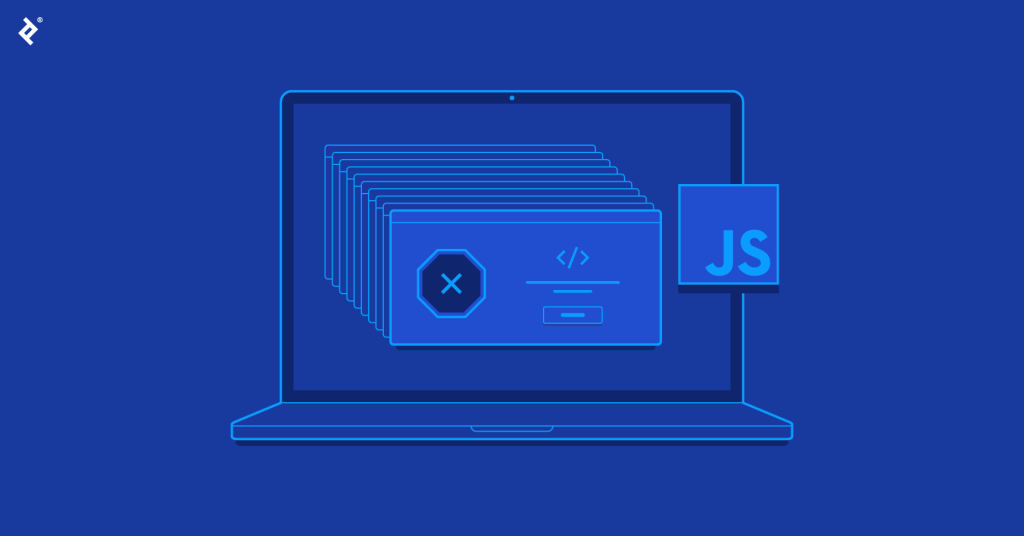In the vast landscape of web development, PHP and JavaScript stand out as two powerful programming languages. PHP, a server-side scripting language, has been widely used for web applications and dynamic websites, while JavaScript, a client-side scripting language, has dominated the realm of interactive web interfaces. Both languages have unique strengths and capabilities, but what if we could combine the best of both worlds? In this article, we will explore the fascinating world of PHP and JavaScript integration and discover how the seamless collaboration of these dynamic languages can unlock new possibilities for web developers.
Uniting the Back-End and Front-End
Traditionally, PHP and JavaScript have operated in separate domains, with PHP handling server-side operations and generating HTML content, while JavaScript handled client-side interactivity and dynamic updates. However, by integrating PHP and JavaScript, developers can bridge the gap between the back-end and front-end, creating a harmonious synergy that enhances the overall user experience. With this integration, developers can leverage the strengths of both languages to build powerful web applications that are both dynamic and responsive.
One of the key benefits of integrating PHP and JavaScript is the ability to exchange data seamlessly between the server and the client. PHP can generate JSON (JavaScript Object Notation) data structures, which can then be consumed by JavaScript for dynamic content rendering. Similarly, JavaScript can send user inputs and other data to the server using AJAX (Asynchronous JavaScript and XML) requests, allowing PHP to process the data and provide real-time responses. This bidirectional communication opens up a world of possibilities, enabling developers to build interactive forms, chat applications, real-time notifications, and much more.

Leveraging Frameworks and Libraries
Another exciting aspect of PHP and JavaScript integration lies in the vast array of frameworks and libraries available for both languages. PHP boasts popular frameworks such as Laravel, Symfony, and CodeIgniter, which provide robust back-end development capabilities, including database management, authentication, and RESTful API creation. On the other hand, JavaScript offers a multitude of frameworks and libraries, such as React, Angular, and Vue.js, which excel in front-end development, enabling developers to create rich, interactive user interfaces.
By integrating PHP and JavaScript, developers can tap into the power of these frameworks and libraries to accelerate their development process and build feature-rich web applications. For example, PHP frameworks can handle the server-side logic and data processing, while JavaScript frameworks can take charge of the dynamic rendering and client-side interactions. This division of responsibilities not only improves code organization but also allows developers to leverage the strengths of each language for optimal performance and scalability.

Conclusion
PHP and JavaScript integration opens up a world of possibilities for web developers, enabling them to combine the strengths of both languages and build dynamic, interactive web applications. The seamless communication between the back-end and front-end, along with the ability to leverage powerful frameworks and libraries, empowers developers to create engaging user experiences and robust functionality. As the web continues to evolve, the synergy between PHP and JavaScript integration will undoubtedly play a pivotal role in shaping the future of web development. So, embrace the power of these two dynamic languages and unlock the full potential of your web projects.

